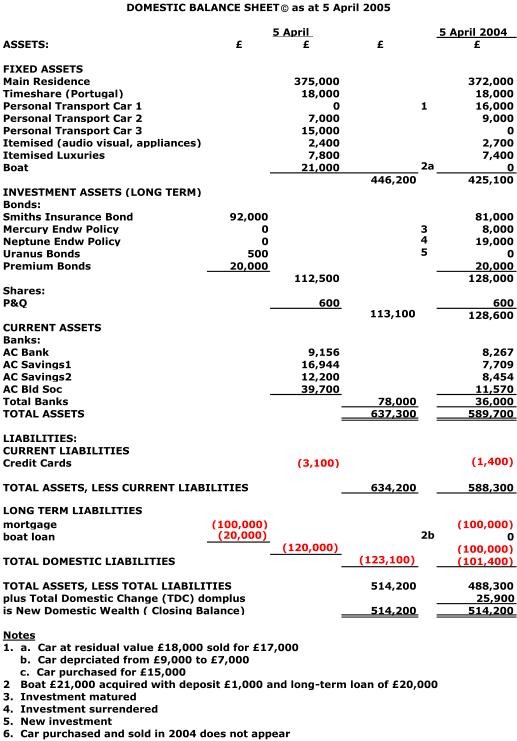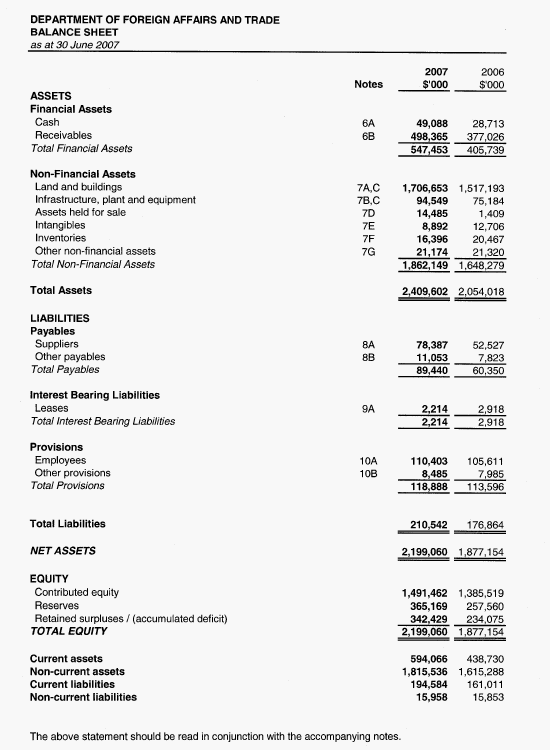Balance Sheet_3
Post on: 3 Июнь, 2015 No Comment

The Balance Sheet (An Example)
Balance Sheet Stocks
Common Stock: Common Stock represents total ownership of the company and gives the holders extensive control over the operations of the company. Significant risk is involved in being a common stockholder, allowing such individuals to sometimes make very high returns or very large losses.
Unlike Debt holders, Stockholders are not guaranteed any returns and are the last to be considered in the event of complete company failure.
Common Stockholders maintains four basic rights:
- Voting Rights: Votes on membership of the board of directors and major corporate policies.
- Pre-emptive Rights: This provides the stockholders with the right to subscribe to any new issue of shares that might reduce their ownership in the company.
- Earnings Distribution Rights: The right to dividends when paid.
- Residual Asset Distribution Rights: The right to the assets remaining after liquidation and the payment of all other claims.

Preferred Stock: This is a hybrid between Debt and Common Stock and is created at the approval of the Common Stockholders.
Like creditors, preferred stockholders are not given the rights (see above) of the common stockholders and like creditors, preferred stockholders are aware of the rate of dividend payment (interest payment for the creditor). Instead, preferred stockholders are guaranteed dividends, and first claim on the company’s assets at liquidation. The fundamental difference between a preferred stock and a debt is that the debt will be repaid, but the amount paid for the preferred stock will not be.
Preferred Stock comes in many forms, however Cumulative preferred stock are the most popular and will probability be on the next balance sheet you review. The cumulative feature provides the stockholder with dividend guarantee in future years if the company is unable to pay the dividend this year.
Preferred stock may also be convertible; that is the stock may be converted to common stock based on the stock agreement and a pre-determined conversion ratio. The balance sheet may show the preferred stock as follows:
10% cumulative convertible preferred stock $20,000
This indicates that dividends will be paid at a 10% rate and will be cumulative. It also shows that the preferred stock agreement calls for convertibility. Treasury Stock: Treasury stock is negative equity, which would make it an asset, right? Nope! A company cannot invest in itself by repurchasing its stock. Treasury stock arises when a company repurchases its own stock, and is reflected on the balance as negative equity.
The company can do a number of things with these stocks. It may reissue them, retire them or just hold onto them indefinitely.
Treasury stocks are not included in outstanding shares and hold none of the typical rights accompanying common stock.
The anti-dilution effect of treasury stock means that remaining shareholders will have even a bigger share of the company.














